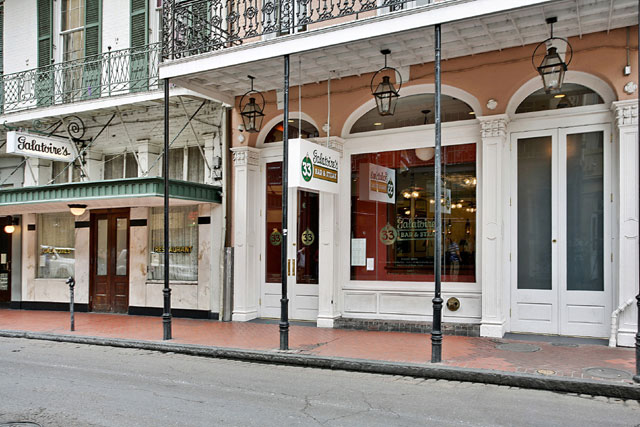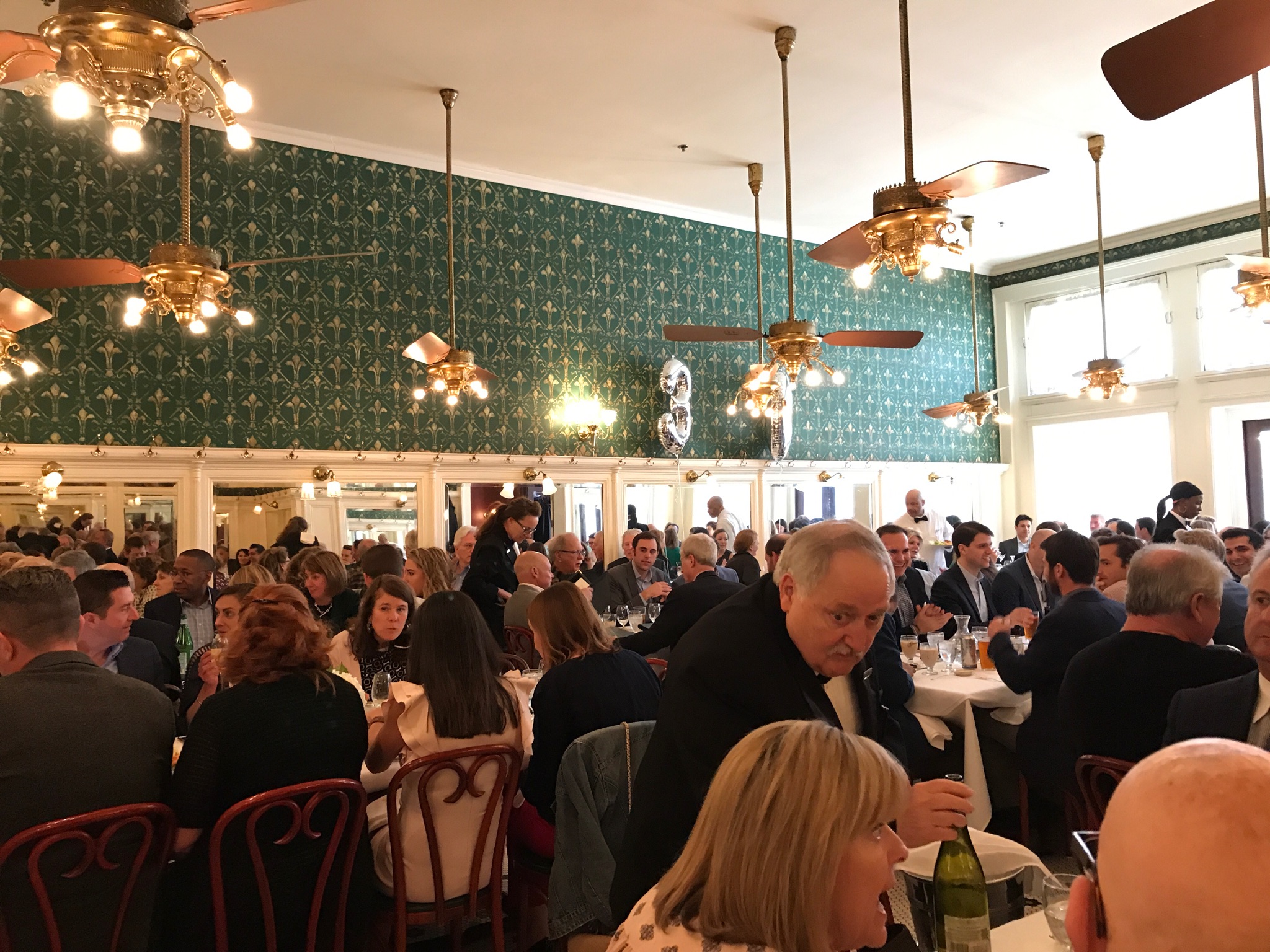Below is a rather thoughtful comment in response to my previous post, License To Pump. Tip of the cap to SP for taking the time to share his thoughts.
I think the burden regarding a need for license should be based on the degree of which negligence can lead to harm. I do not think a gas station attendee, hairstylist or manicurist can cause significant harm without committing an act that would be criminal under existing state and federal laws.
I think high risk occupations with specialized privileges should be licensed. However, I think the purpose of licensing should be to validate credentials, demonstrate continuing education in their area of expertise, and to monitor for egregious behaviors (technical, or criminal) that would limit the ability to competently perform key job functions of the licensed profession.
My frustration with medical licensing in general is the amount of redundancy required at each step. In my personal example, this is the third full physician license that I have applied for in my short career. Furthermore, I currently have an active license to practice medicine in another state. In order to get my current license, I had to provide proof that I graduated from medical school, successfully completed a one-year internship, completed a residency training program in good standing, passed STEP I, II and III of US Medical License Examinations. I had to provide proof that I had a residency permit and medical license in the state where I completed my residency and obtained my previous medical license. I also had to prove that I did not have any complaints filed on either of those licenses. In addition to proving my credentials, I had to provide information regarding facilities where I worked, including a part time moonlighting gig at an urgent care center, to verify that I had not been professionally disciplined by my employer. I also had to submit fingerprints for an FBI background check. I also had to verify my DEA license and State Board of Pharmacy license history. All of this information must be sent directly from the third party (for a fee) to the Medical Board where I applied for my license.
Fortunately, my credentials were verified and I passed the criminal background check and obtained a medical license to practice in my current state. Once I had a license, I was able to apply for jobs. To get credentialed to practice medicine (which I was granted a license by the state medical board where my employer is located) at my current employer, I had to verify all of my credentials again. Rather than contacting the state medical board to verify my credentials, I had to contact all the agencies that verified my credentials for my medical license again and have them send my information to my current employer.
Since moving to my current state, I have been continuously employed by one employer, obtained a new DEA and new state controlled substance license, and became board certified by the American Board of Internal Medicine. In order to sit for board exam, you must verify that you graduated from medical school, completed internship and residency in your given specialty, passed USMLE Steps I, II and III. Again these credentials must be verified directly from the agency issuing certifications.
One would think that in order to get a Texas Medical license, I would have to verify my current medical license is in good standing, prove that I have not been professionally disciplined by my current employer, submit to a new FBI background check with fingerprints, verify my board certification, and verify my DEA and state controlled substance license history. Unfortunately, that is not how it works. I had to repeat every single step that was required to obtain my current license. This including verifying that I had completed medical school, internship, residency, passed USMLE Step I,II, III (all of the things my current state medical board and the American Board of Internal Medicine had both already independently verified). I also had to contact the state medical board where I completed my residency and granted me my previous, and no longer active, medical license again. I also had to contact the institution where I did my residency, and the urgent care center that I worked on the weekends during residency to make extra money. All of these agencies and institution were required to directly send requested information to the Texas Medical Board.
Texas also requires a jurisprudence exam to make sure physicians understands rules that are unique to practicing medicine in the state of Texas. The purpose of this exam is to make sure you know how the Texas Medical Board works and has nothing to with the applicant's ability as a clinician. However, I think it is a fair requirement for physicians who want to practice medicine in Texas.
I would argue that re-verifying information that has already been verified by multiple independent agencies, does very little, if anything, to improve patient safety if I am granted a Texas Medical License.






